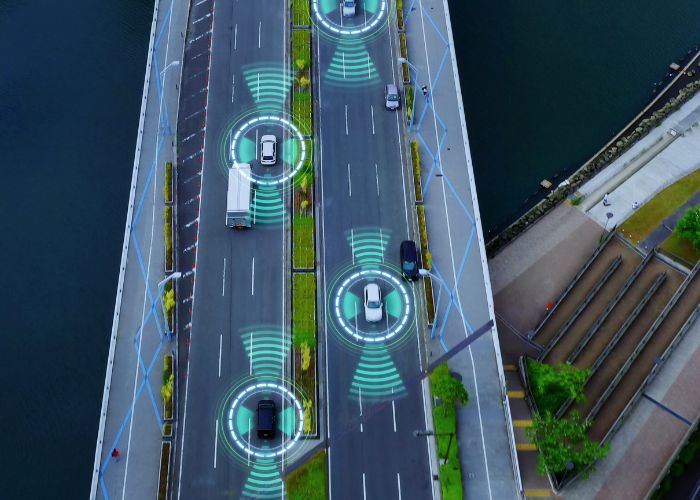
The Differences Between 3D LiDAR and Traditional LiDAR
Understand the differences between new 3D solid state LiDAR technology and traditional LiDAR sensors.
View Resource
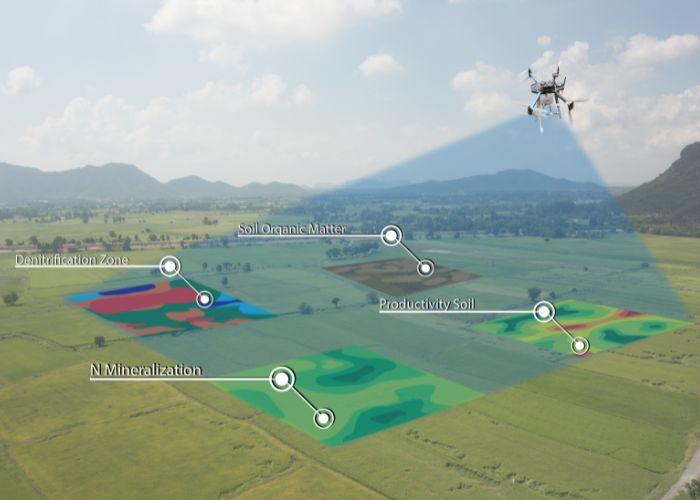
Uses of LiDAR Outside Robotics
Discover how LiDAR is being used across various industries and applications.
View Resource

How Smaller Manufacturing Companies are Using Robotics to Grow their Businesses
Discover how smaller manufacturing companies are leveraging robotics to fuel business growth.
View Resource
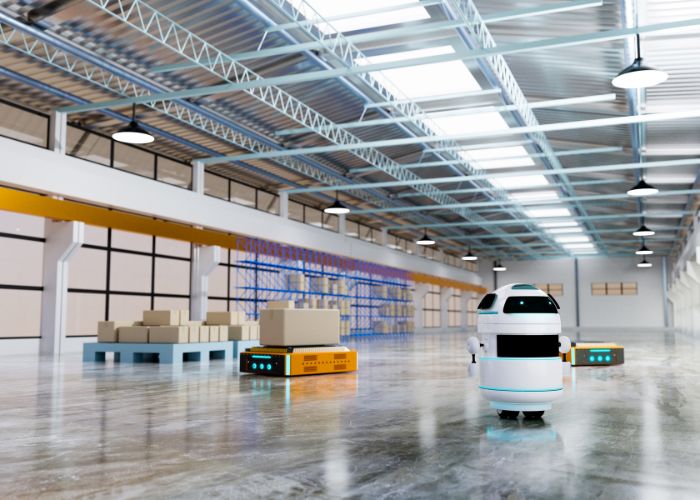
Pioneering the Autonomous Capabilities with Solid-State 3D LiDAR
From precise object detection to dynamic mapping, 3D LiDAR enables autonomous systems to navigate complex environments with unmatched accuracy, revolutionizing the landscape of self-driving vehicles, robotics, and beyond.
View Resource
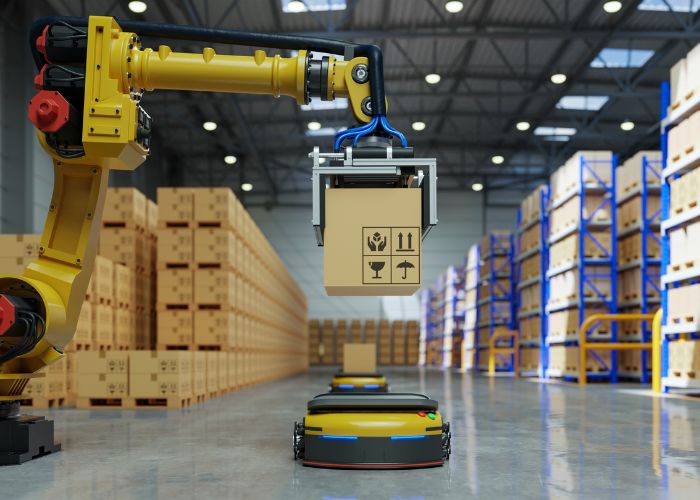
Top Sensors to Use in Robotic Arms
Robotic arms are commonly used in industrial settings. However, do you know which sensors ensure their effectiveness? Keep reading to find out.
View Resource

Smart Manufacturing: The Role of Automation
Discover how automation through sensors and robotics is revolutionizing the manufacturing industry, leading to increased efficiency, safer work environments, and significant cost savings.
View Resource

5 Advantages of Industrial Automation
Tech advancements have revolutionized industries, making factory floors more efficient and independent. Industrial automation offers numerous benefits, contributing to a projected USD 326.14 billion market by 2027. Here are 5 ways it's transforming the sector.
View Resource

5 Things to Know about UI/UX in Industrial Automation
Digital transformation is vital in modern business. Optimizing digital platforms with engaging UI/UX is crucial, particularly in industrial automation. Intuitive interfaces enhance engagement and impact. Discover the top 5 UI/UX insights for your industrial automation project.
View Resource
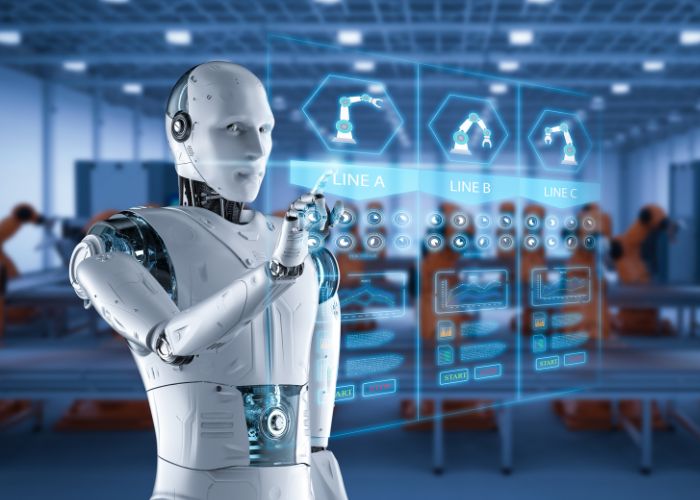
Overcoming the Challenges of Robotic Automation Implementation: Best Practices
While robots have the potential to improve productivity, implementing robotic automation comes with a fair share of challenges. Learn how you can overcome these bottlenecks through best practices.
View Resource
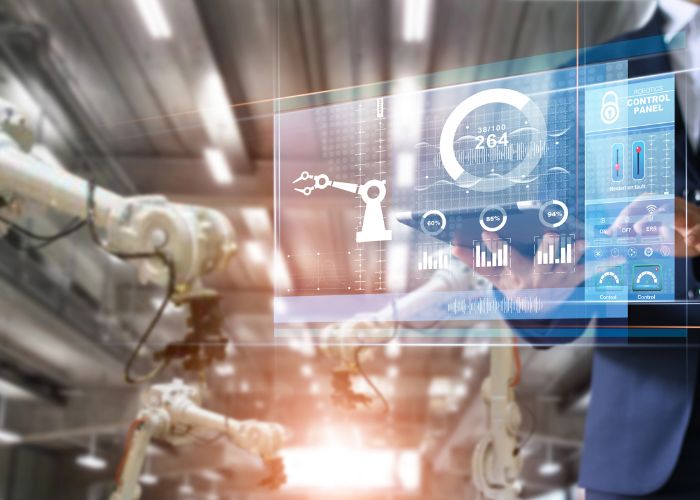
The Role of Sensors in Robotic Automation: Enabling Intelligent and Adaptive Robotics
A sensor is one of the key components that power modern-day robotics and automation. Explore how these sensing devices enable robots to become intelligent and adaptive.
View Resource
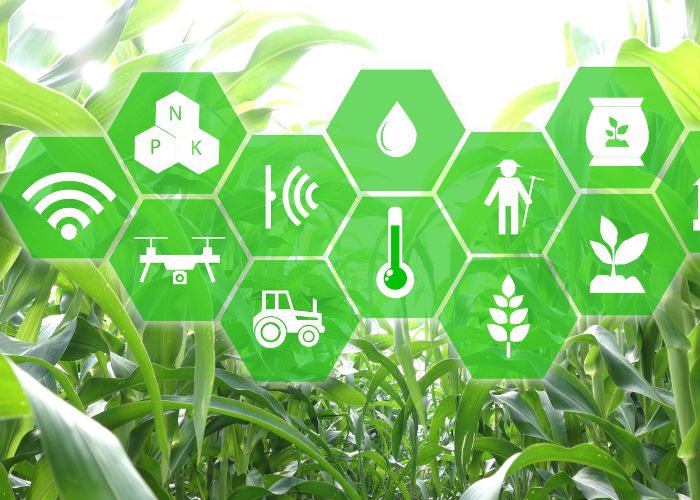
Farming Robots of 2023 and their Uses/Applications
Explore how farming robots can enable sustainable food production with reduced manual labor and can play a critical role in ending global hunger.
View Resource

AI In Agriculture: How Robotics Have Helped Innovate This Industry
Explore how the agriculture industry is rapidly embracing technologies like AI and robotics, enabling farmers to improve crop yield and efficiently manage livestock while reducing farming costs.
View Resource

Key Factors to Consider When Selecting Robots
From autonomy levels to perception and learning capabilities, discover the crucial factors to consider when choosing robots for industrial applications.
View Resource

How Robot Autonomy Expands Possibilities in Operator-Assisted Applications
Explore how robot autonomy enables industrial businesses to unlock productivity, efficiency, and profitability by assisting workers in handling repetitive and complex tasks.
View Resource

4 Signs and Ways to Incorporate Robotic Automation in Your Processes
Not sure if automation is right for your business? Find out the signs and ways you can incorporate robotic automation in your processes and unlock higher efficiency.
View Resource

 Factory Automation
Factory Automation Logistics Automation
Logistics Automation Process Automation
Process Automation Crane Collision Avoidance
Crane Collision Avoidance LiDAR/Obstacle Detection
LiDAR/Obstacle Detection Safety Laser Scanners
Safety Laser Scanners Optical Data Transmission
Optical Data Transmission Hot Metal Detectors
Hot Metal Detectors Laser Distance Sensor
Laser Distance Sensor Blog
Blog Whitepapers
Whitepapers Case Studies
Case Studies Infographics
Infographics